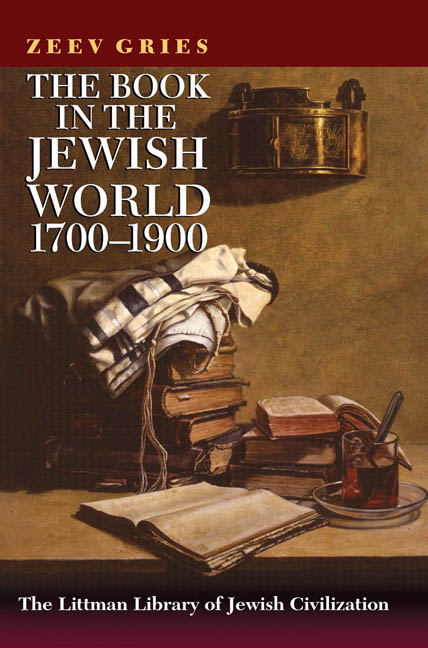JEWISH ETHICAL LITERATURE, which includes a number of different genres, began to appear in the tenth century under the influence of similar literature from Islam. Like Judaism, Islam is a religion of law, making it easy for the rabbis to adopt Islamic literary models and to fill them with content from Jewish sources and traditions. From this basis, Jewish ethical literature developed to include a broad spectrum of genres: wills, handbooks of recommended behaviour, hagiographies, epistles, anthologies of ethical ideas, proverbs, sermons, and polemics, as well as commentaries on books of the Bible deemed to offer moral lessons, such as Job, Proverbs, Psalms, and Ecclesiastes. Within this spectrum, rabbinic, philosophical, and kabbalistic approaches were all represented.This marvellous literature, which has been in existence now for more than a thousand years, is a source of encouragement and solace for many Jews. It is also a source for many folk religious customs that have their origin in tales, legends, and parables.
It is worth emphasizing that Jews did not have any collections of purely secular stories until the second half of the seventeenth century. These early publications were mainly in Yiddish; it was not until the end of the eighteenth century that such works began to be published in Hebrew. Prior to the midseventeenth century, then, the only books available for those who wanted to read material that was literary rather than strictly religious were works of an ethical nature. True, some works of a more religious nature also contained parables and stories, beginning with kabbalistic commentaries on the Bible (of which the Zohar is a prime example); and similarly, in the sixteenth century, Jacob ibn Habib compiled a collection of stories from the Talmud called Ein ya'akov (The Spring of Jacob).However, these works were written for the most part in high rabbinic Hebrew or Aramaic, and were thus inaccessible to the majority of the reading public because their Jewish education and literary skills were insufficient to allow them to read such works.
As the changes that occurred in the eighteenth century meant that literacy was no longer restricted only to a privileged elite, people began writing books that would appeal to this wider readership; it is no coincidence that at the end of the century popular homiletic books became more numerous.
